Search
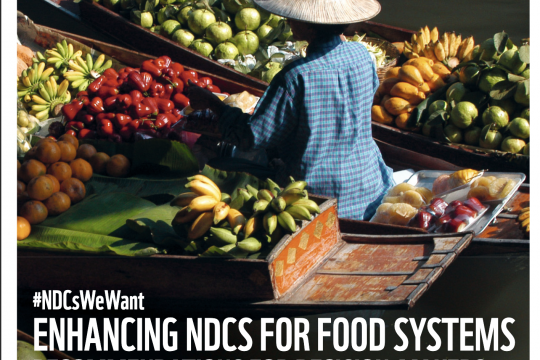
This paper seeks to provide guidance and recommendations for policymakers to increase ambition in Nationally Determined Contributions (NDCs) under…
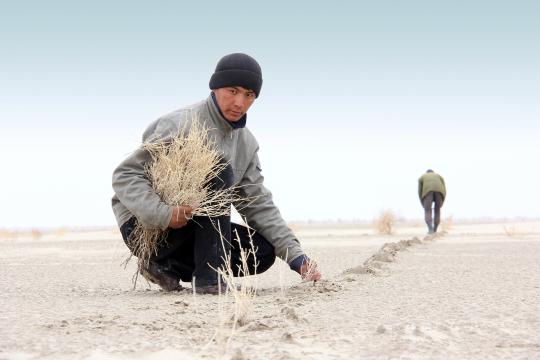
Photo: UNDP Uzbekistan
The country’s major afforestation campaign could reach its true potential with thorough preparation and planning.
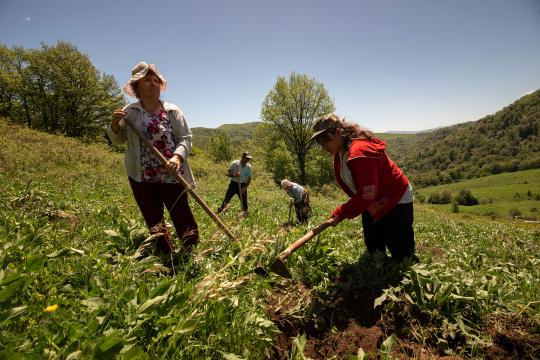
Photo: Grant Sahakyan / UNDP Armenia
With new financing from Japan, UNDP will assist Armenia in planning for evidence-based adaptation action and loss and damage reduction.
As of 31 July 2021, 113 countries representing 53.7% of global greenhouse gas (GHG) emissions have submitted new or updated NDCs.
Of these, 56 were…
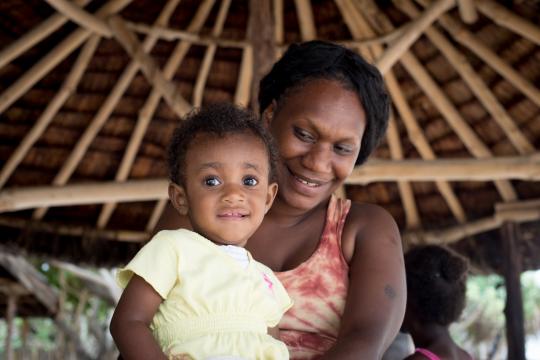
UNDP, in partnership with AOSIS, will formally present a technical paper on the gender-responsive climate actions being implemented by SIDS.
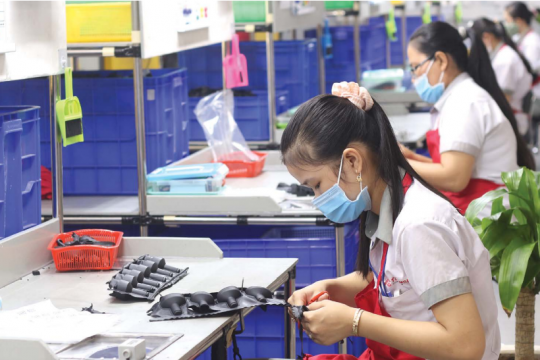
Photo: Le Toan on www.vir.com.vn | March 21-27, 2022
Viet Nam is striving to build for the future and accelerate a green and inclusive economic rebound.
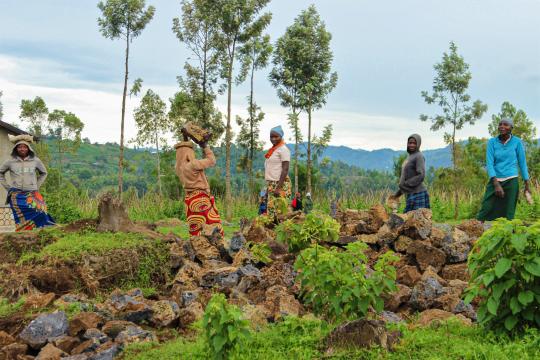
Photo : UNDP Rwanda
Climate change is real in Rwanda. But not everyone has had a chance to experience its reality as I have done.
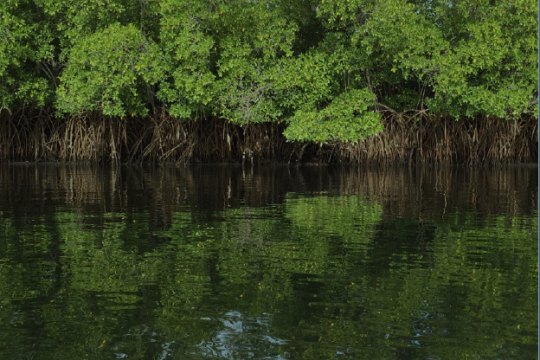
The “Pathway for Increasing Nature-based Solutions in the Nationally Determined Contributions: A seven-step approach for national governments to…
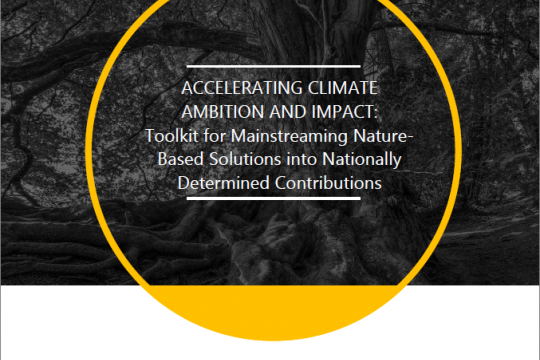
The Nature-based Solutions Toolkit captures more than 100 tools and resources on nature-based solutions that can support national decision makers as…
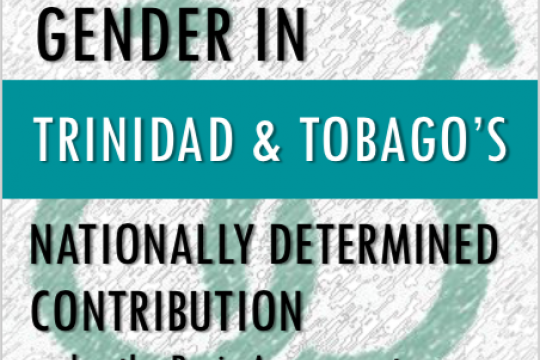
A Gender Analysis of the policy and institutional framework for mainstreaming gender in the NDC was conducted through the NDC Support Programme.

In view of enhancing climate action, the Government of Lebanon sought to assess how to integrate gender considerations into Lebanon’s Nationally…
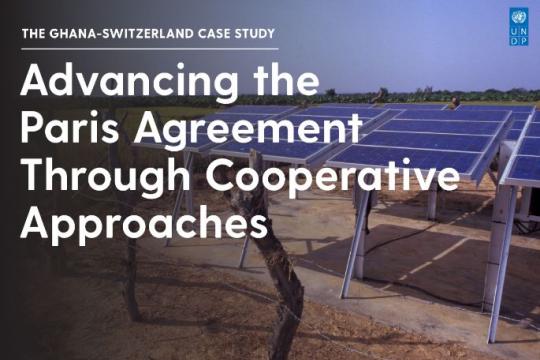
This case study explains how Article 6.2 of the Paris Agreement will help Ghana to enhance NDC implementation and achieve national development plans…
As of April 2021, UNDP is now supporting 118 countries on NDC enhancement under the Climate Promise, including 38 LDCs, 28 SIDS, 14 higher-emitters,…

Grounded in a series of case studies from research and programming experience, this report offers a comprehensive framework for understanding how…
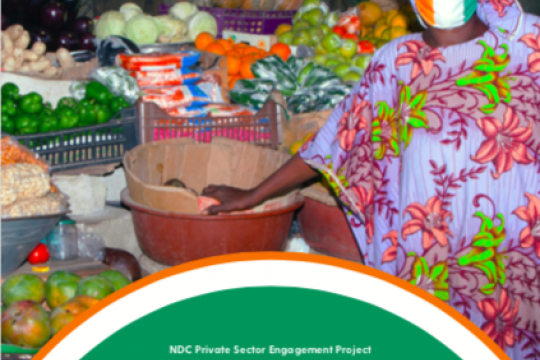
Transforming Nationally Determined Contributions (NDCs) into tangible actions that lead to long-term zero-carbon and climate-resilient development…

As one of UNDP’s flagship programmes contributing to the Climate Promise, the NDC Support Programme helps countries advance integrated climate and…
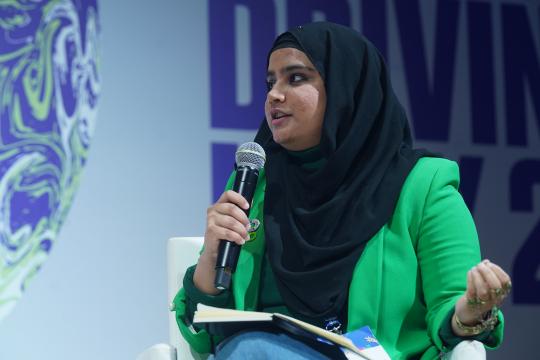
"Without our voices at the table, the ambitious agendas of major international events is just sweet talk."
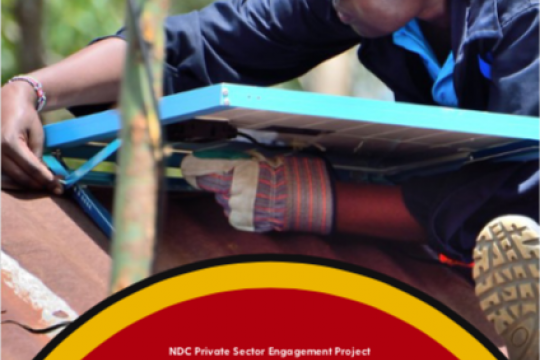
Transforming Nationally Determined Contributions (NDCs) into tangible actions that lead to long-term zero-carbon and climate-resilient development…
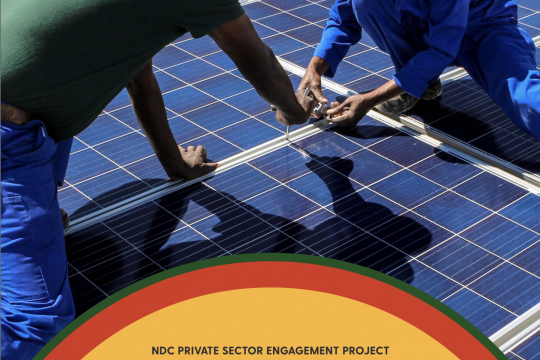
Transforming Nationally Determined Contributions (NDCs) into tangible actions that lead to long-term zero-carbon and climate-resilient development…
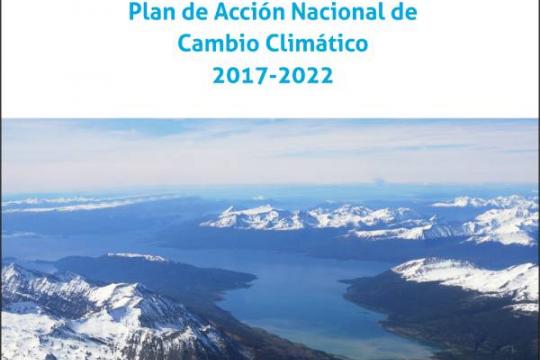
Chile committed not only to a reduction in the intensity of its CO2 emissions by at least 30% by 2030, the promotion of non-conventional…